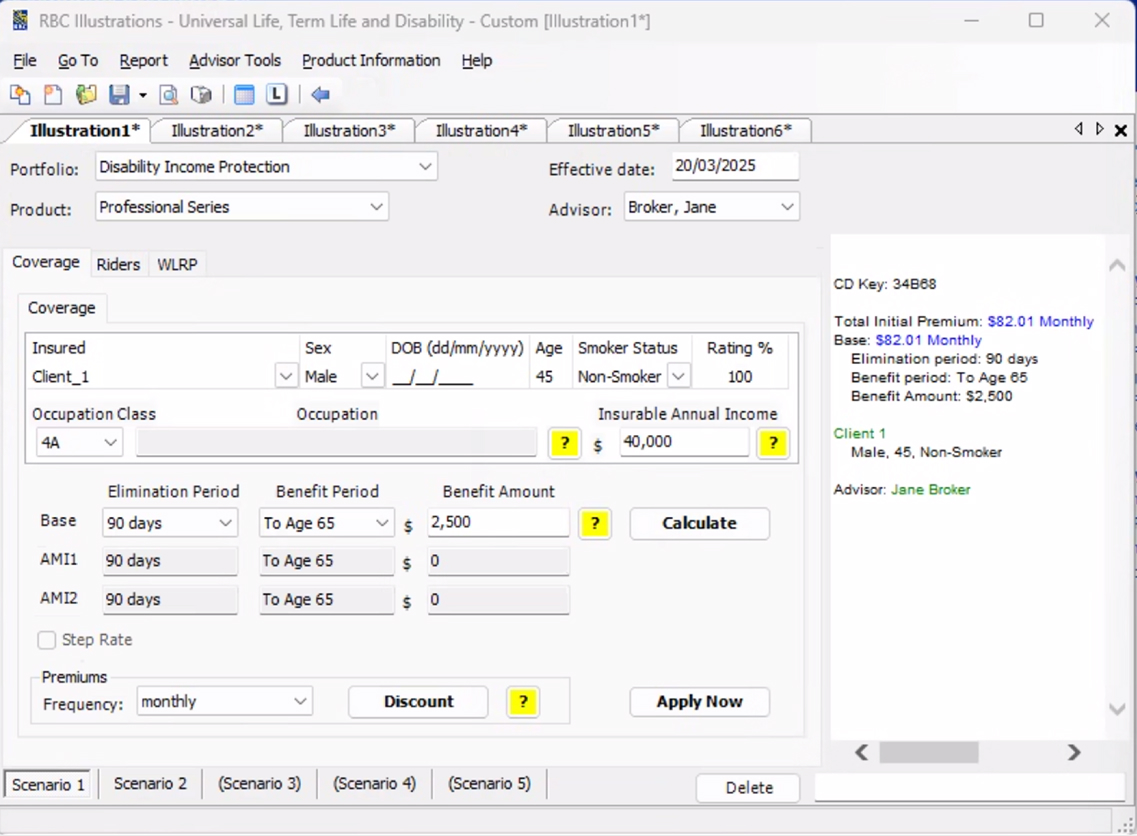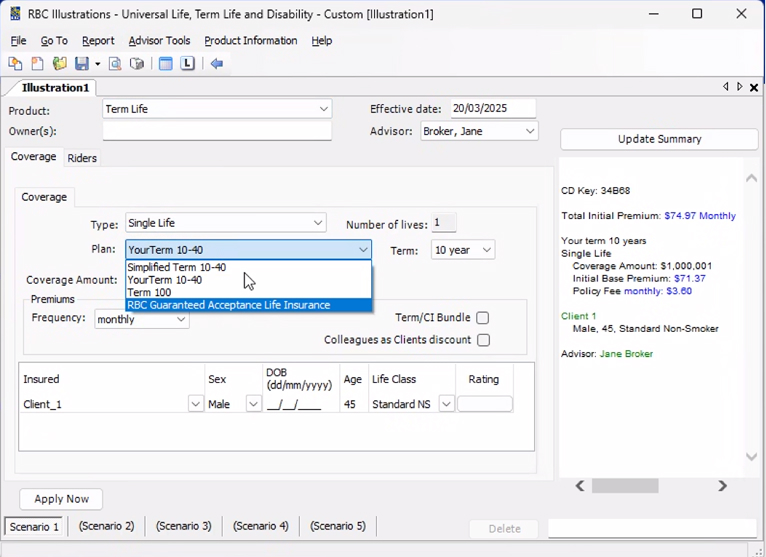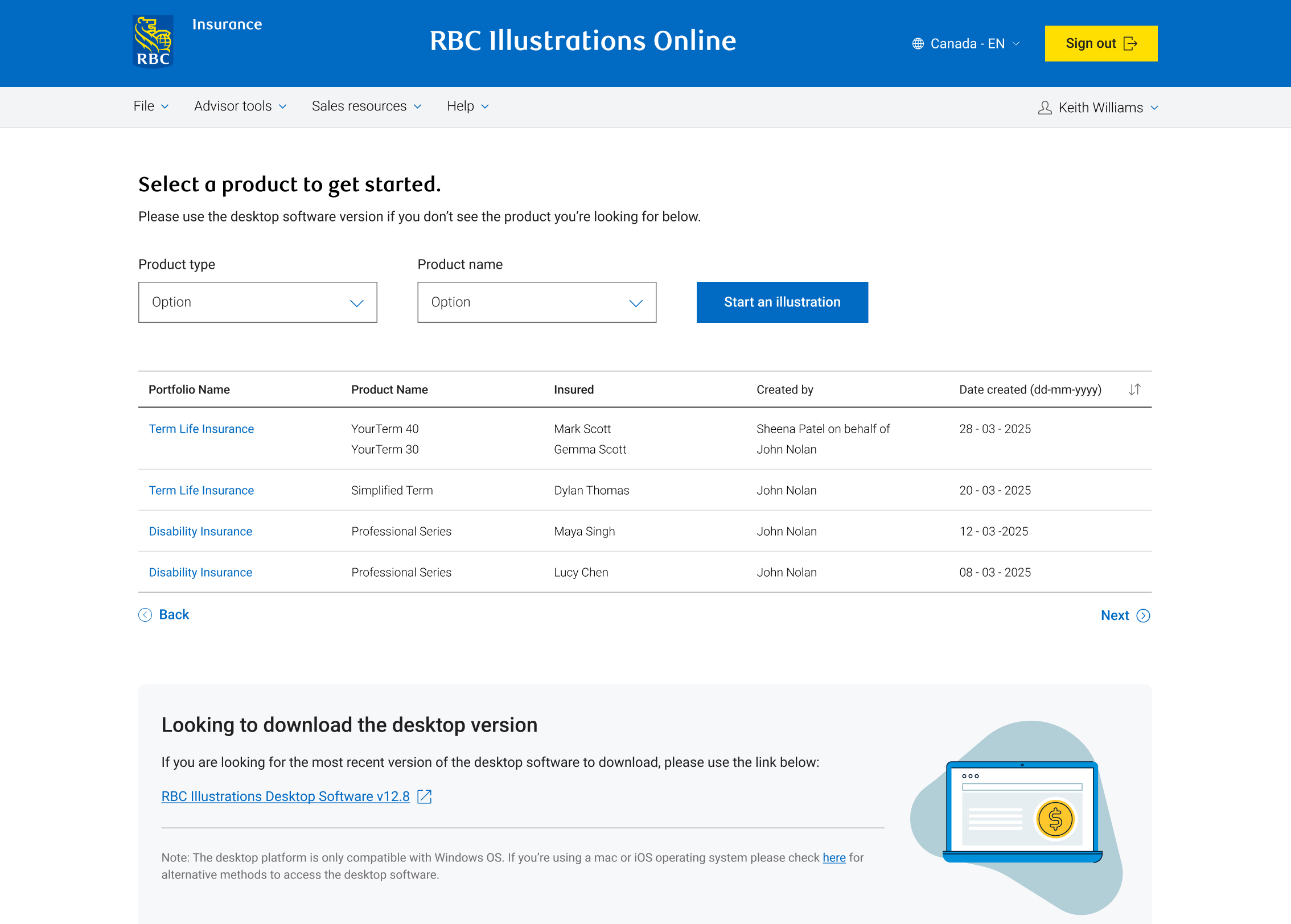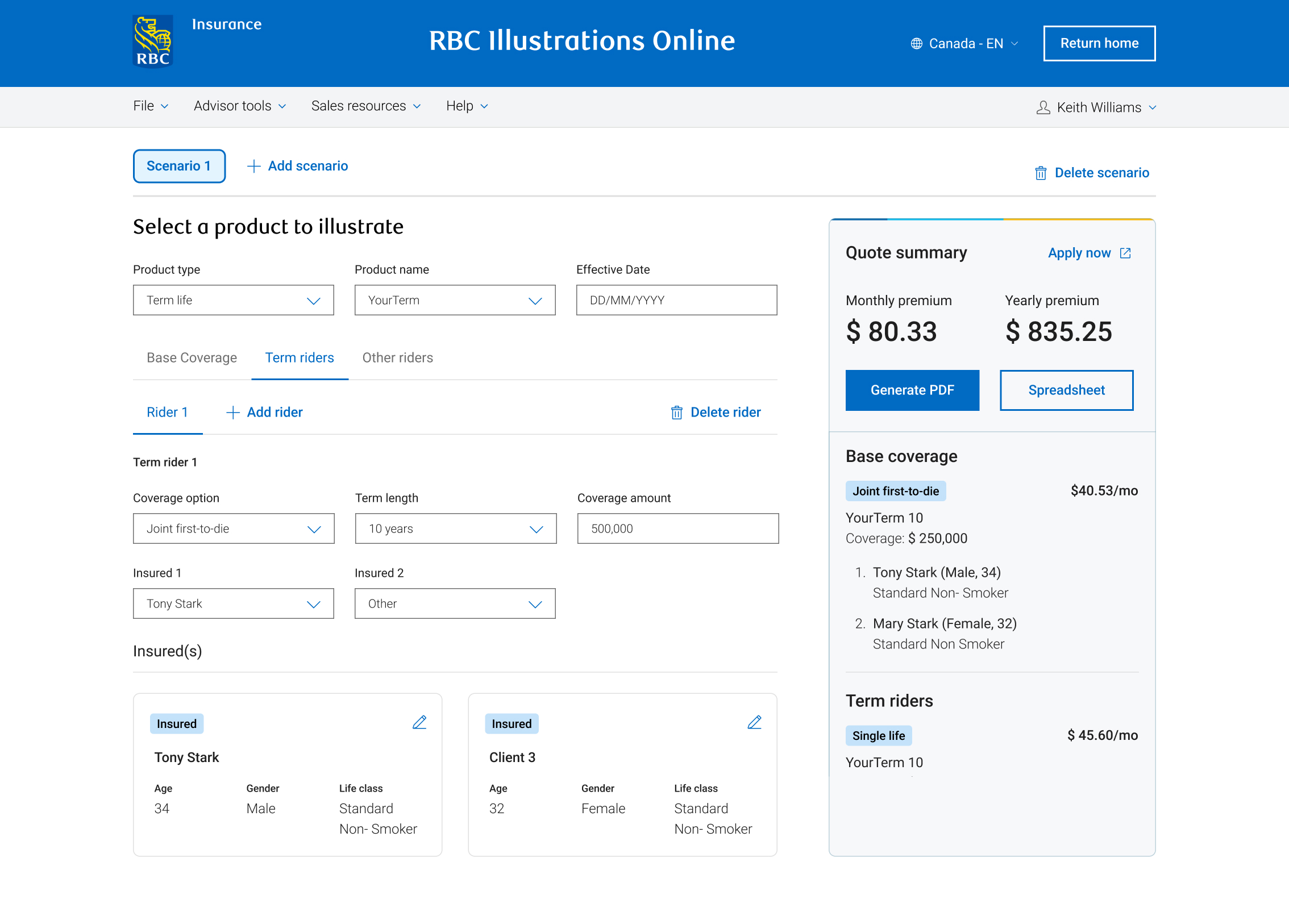| Security Risk |
HIGH
Requires legal approval, code sharing outside RBC domain
|
MEDIUM
Automated but involves external code repository, requires mirroring setup
|
LOW
No RBC code shared, vendor only accesses visual design specs
|
| Compliance Requirements |
HIGH
Legal review, procurement amendments, monthly Sharepoint attestations
|
MEDIUM
Initial legal setup required, automated compliance monitoring required
|
LOW
Standard vendor agreement, no code sharing restrictions
|
| Ongoing Maintenance |
HIGH
Manual file extraction and distribution for every RIG update that involves utilized components
|
HIGH
Still requires access management, updates need to be pushed to mirrored repo, Novinsoft would have to pull libraries periodically when library gets updated
|
LOW-MEDIUM
May require styling updates periodically
|
| Design Consistency |
EXCELLENT
Uses actual RIG component
|
EXCELLENT
Uses actual RIG component
|
GOOD
Visual match achievable, may have minor differences in component behaviour
|
| Future Transferability to RBC |
SEAMLESS
Built with RIG, can be directly integrated into RBC systems
|
SEAMLESS
Built with RIG, can be directly integrated into RBC systems
|
COMPLEX
Requires component replacement/refactoring for internal upgrades and maintenance
|
| Intellectual Property Protection |
HIGH RISK
RBC code distributed externally
|
HIGH RISK
RBC code in external repository
|
LOW RISK
No proprietary code shared
|
| Long-term Sustainability |
POOR
High maintenance overhead, manual processes
|
GOOD
Automated, but requires infrastructure maintenance
|
GOOD
Self-sustaining, vendor handles maintenance, already factored in the engagement
|
| Setup Speed & Complexity |
MEDIUM
Medium speed, high complexity. Vendor must understand RIG architecture and dependencies. Should be straightforward once approved by legal
|
HIGH
Slow speed, high complexity. Does not currently exist. Requires infrastructure development, continuous integration/continuous deployment (CI/CD)
|
LOW
Fast speed, low complexity. Immediate access to styling once dev mode permission is granted
|
| Scalability |
POOR
Manual process doesn't scale to multiple vendors
|
EXCELLENT
Can support multiple vendors
|
MEDIUM
Each vendor manages independently
|




